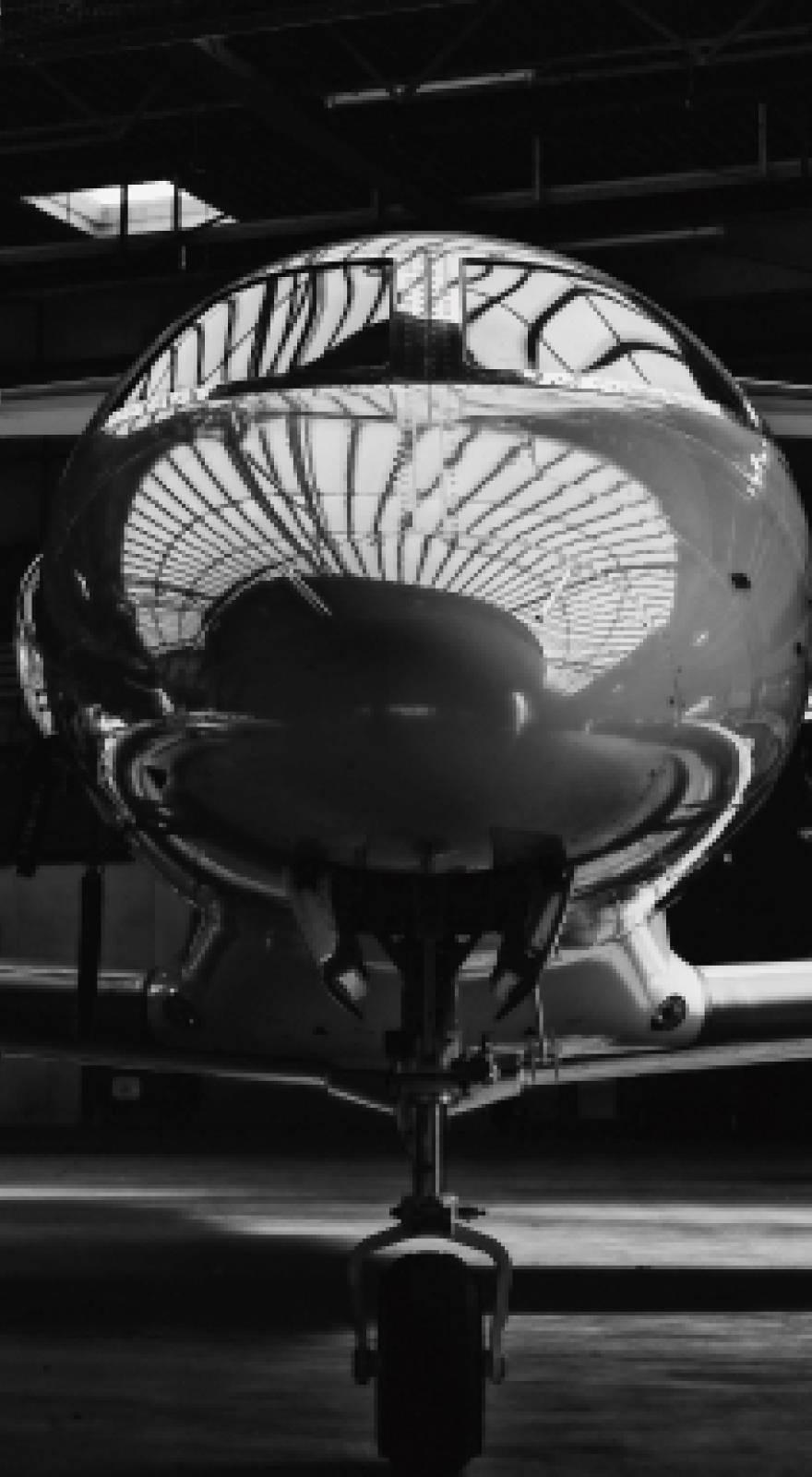Knowde Enhanced TDS
Identification & Functionality
- Chemical Family
- Reinforcement Form
- Reinforcement Material
- Composite Materials Functions
- Weave Style
- Plain
- Technologies
- Product Families
Features & Benefits
- Materials Features
- Characteristics of E-Glass
E-fiberglass is more commonly used in the fiber-reinforced polymer composite industry. It offers a good balance between performance and cost, demonstrating excellent strength and stiffness (although not as good as S-glass) as well as good resistance to chemicals, moisture, and heat. Since it was developed specifically for use in electrical applications, one of its key characteristics is its ability to insulate electricity. In addition to electrical components, other typical uses for the material include aerospace and other industrial equipment components (e.g., heat shields), marine and other recreational equipment (e.g., surfboards), and general industrial components (e.g., awnings, belts, and gaskets).
E-glass is available in a variety of weave patterns. Some of the best patterns for the fabric are:
- Plain weave: consists of fibers interlaced in an alternating over/under pattern
- Twill: consists of warp fibers floating over two consecutive fill fibers
Applications & Uses
- Applications
- Composites End Use
Properties
- Physical Form
- Mechanical Properties
- Typical Properties
- Construction Properties
| Value | Units | Test Method / Conditions | |
| Density | 2.54 | g/cm3 | — |
| Tensile Strength | 3400 | MPa | — |
| Modulus of Elasticity | 72 | GPa | — |
| Percent Elongation | 4.7 | — | — |
| Value | Units | Test Method / Conditions | |
| Type of Yarn (Warp) | EC5 5.5 | — | — |
| Type of Yarn (Fill) | EC5 2.8 | — | — |
| Fabric Weight, Dry | 19 | g/m2 | — |
| Value | Units | Test Method / Conditions | |
| Nominal Construction (Warp Count) | 23.6 | /cm | — |
| Nominal Construction (Fill Count) | 20.5 | /cm | — |
| Fabric Thickness | 0.03 | mm | — |
| Yarn Breaking Strength (Wrap) | 53 | daN/5cm | — |
| Yarn Breaking Strength (Fill) | 44 | daN/5cm | — |







